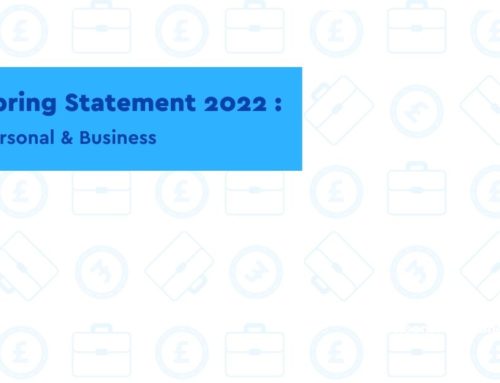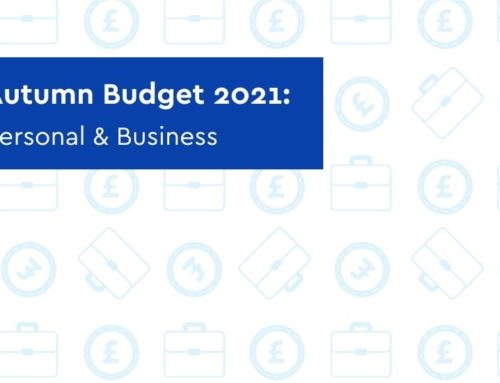New Rules for Buy-To-Let Landlords
As a result of the new Finance Bill (2016) which was announced in the 2015 budget, there are some changes with regard to tax and furniture replacements. This came into force on the 6th April 2016 and is one of the few changes that will affect Buy-To-Let Landlords, because additionally, from April 2017, any mortgage interest will be capped at the base rate.
Wear and Tear Allowance Abolished
Buy-to-Let Landlords had previously benefited from a 10% ‘wear and tear’ allowance for any buy-to-let property that was fully furnished. The allowance was implemented as a way to help recover costs from furniture that has depreciated through ‘wear and tear’. However, whilst this has been abolished, there is a new relief for property businesses with regard to furnishings.
The New Relief for Replacement of Furnishings in Property Businesses
Since April 2013, furnishings and replacements in a property rental business, were deducted from rental profits, however this was not a statutory decision and was subsequently interpreted as concessionary by HM Revenue & Customs. However, this practice was withdrawn for three years and meant that there was no furniture relief for landlords unless they were eligible for the ‘wear and tear’ allowance.
This decision was controversial and subsequently, there was a great deal of lobbying which was undertaken by the Residential Landlord Association and accounting profession, which has led to the reinstatement of this rule on a statutory basis – which came into force on the 6th April 2016.
In effect, it means that there is provision for a reduction in the costs associated with replacing furniture, including kitchen appliances (including kitchenware) and furnishings. However, it is important to recognise that there is no deduction for kitting out the property in preparation for the use of tenants and is only available for replacement items. Unfortunately, this deduction works on ‘like for like’ basis. A good example of ‘like for like’ is replacing a fridge at a cost of £600 – however the available tax relief would only be available for the cost of the fridge, which could be a couple of hundred pounds lower.
No Renewals Relief for Other Businesses
Whilst the renewals relief is great for rental businesses, this does not extend to other businesses (also commonly referred to as ‘loose tools deduction’). This means that there is no longer provision for any relief in relation to replacing and alterations tooling and HMRC expect that this should be dealt with under the capital allowance rules by making a short asset claim.
No Change for Furnished Holiday Lettings
The new changes in relation to renewals will not apply to furnished holiday lettings (FHL Business). FHL businesses will continue to qualify for capital allowances including plant and machinery assets, which are acquired under the business resulting in a 100% write off under the Annual Investment Allowance Rules. The conditions are rather stringent in order for a business to qualify as FHL – the property must be let for 105 days or 15 weeks within a tax year which comprises of several short term lets. However, the capital allowance rules do stipulate that relief is available for replacement and initial furnishings of the property in question.
Interest Relief Restrictions Starts 6th April 2016
The availability of current deductions for mortgage interest and costs is being phased out from 6th April 2017. From 2017/18, only 75% of finance costs will be deductible in relation to rental profits. The remaining 25% only qualifies for basic tax rate relief.
From 2020/21 there will be no deduction against rental profits for finance costs – there will only be the basic tax relief reduction. This has the potential to affect landlords in the highest tax brackets and will undoubtedly push landlords on a standard rate, in to a higher tax bracket. This means that a landlord in the 20% tax bracket could be pushed to the higher 40% bracket. A landlord that has a £10,000 profit after deducting £30,000 in mortgage interest during 2020/21 would see a profit increase to £40,000. If other income is added to this, e.g £25,000 the rental would be taxed at 20% – if other income stays the same, the taxable income is £65,000 which is then taxed at the higher rate of 40% – the mortgage interest would only qualify for £20% under the 2020/21 tax liability.
If you are a buy-to-let landlord and need more advice about the new rules and their tax implications, please contact us now.
New Rules for Buy-To-Let Landlords
Morgan Reach is a well-established firm of accountants with offices in London and Birmingham. Well known for its innovative approach and placing its clients at the forefront of the practice, Morgan Reach provides a variety of accounting services such as compliance, tax services, company secretarial services, business consultancy and accounts as well as strategic growth advice for an extensive range of business sectors including manufacturing, healthcare, construction and property, retail and entertainment, media and sports.
DISCLAIMER: This article is for guidance only, and professional advice should be obtained before acting on any information contained herein. Morgan Reach Chartered Certified Accountants cannot accept any responsibility for loss occasioned to any person as a result of action taken or refrained from in consequence of the content of this article.
New Rules for Buy-To-Let Landlords







